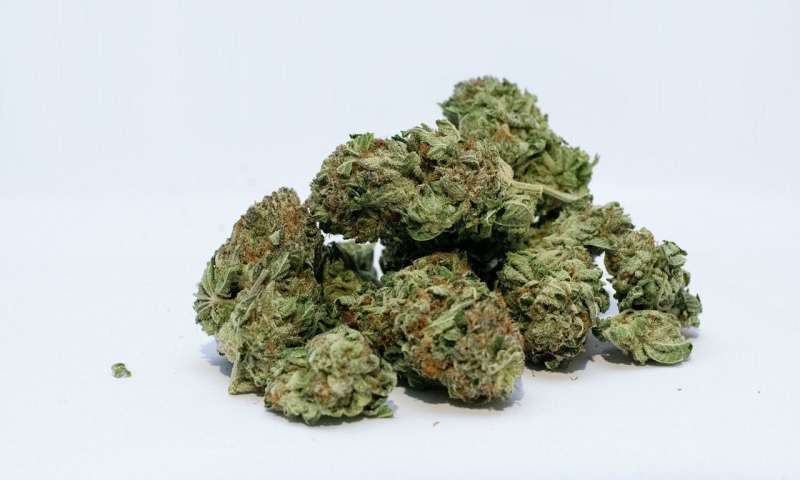
An analysis of survey data from more than 280,000 young adults ages 18-35 showed that cannabis (marijuana) use was associated with increased risks of thoughts of suicide (suicidal ideation), suicide plan, and suicide attempt. These associations remained regardless of whether someone was also experiencing depression, and the risks were greater for women than for men. The study published online today in JAMA Network Open and was conducted by researchers at the National Institute on Drug Abuse (NIDA), part of the National Institutes of Health.
“While we cannot establish that cannabis use caused the increased suicidality we observed in this study, these associations warrant further research, especially given the great burden of suicide on young adults,” said NIDA Director Nora Volkow, M.D., senior author of this study. “As we better understand the relationship between cannabis use, depression, and suicidality, clinicians will be able to provide better guidance and care to patients.”
The number of adults in the United States who use cannabis more than doubled from 22.6 million in 2008 to 45.0 million in 2019, and the number of daily or near-daily users almost tripled from 3.6 million to 9.8 million in 2019. Over the same time span, the number of adults with depression also increased, as did the number of people who reported suicidal ideation or plan or who died by suicide. To date, however, the relationship between trends in cannabis use and suicidality is not well understood.
The current study sought to fill this gap. For their analysis, NIDA researchers examined data from the 2008-2019 National Surveys on Drug Use and Health (NSDUH). NSDUH, which is conducted annually by the Substance Abuse and Mental Health Services Administration, collects nationally representative data among the U.S. civilian, noninstitutionalized population age 12 or older on cannabis use and use disorder, depression, suicidality, and other behavioral health indicators. In addition to determining the associations between these factors, the researchers examined whether the associations varied by gender. They examined data from 281,650 young adults ages 18 to 35 years—the age range when most substance use and mood disorders emerge—with an almost even number of women and men.
The researchers compared four levels of past-year cannabis use: no cannabis use; nondaily cannabis use; daily cannabis use, which was defined as use on at least 300 days per year; and presence of cannabis use disorder, which was assessed in the survey and involves meeting specific criteria for a pattern of continued cannabis use despite negative consequences. To determine the presence of depression, they assessed the prevalence of major depressive episodes based on specific diagnostic criteria measured through the survey. To identify suicidality trends, the investigators separately assessed the trends in the prevalence of past-year suicidal ideation, plan, and attempt as reported in the 2008-2019 NSDUH surveys.
The results of the study indicated that even people who used cannabis nondaily, fewer than 300 days a year, were more likely to have suicidal ideation and to plan or attempt suicide than those who did not use the drug at all. These associations remained regardless of whether someone was also experiencing depression. Among people without a major depressive episode, about 3% of those who did not use cannabis had suicidal ideation, compared with about 7% of those with nondaily cannabis use, about 9% of those with daily cannabis use, and 14% of those with a cannabis use disorder. Among people with depression, 35% of people who did not use cannabis had suicidal ideation, compared to 44% of those with nondaily cannabis use, 53% of those who used cannabis daily, and 50% of those who had a cannabis use disorder. Similar trends existed for the associations between different levels of cannabis use and suicide plan or attempt.
Moreover, the researchers found that women who used cannabis at any level were more likely to have suicidal ideation or report a suicide plan or attempt than men with the same levels of cannabis use. For example, among individuals without major depressive episode, the prevalence of suicidal ideation for those with vs. without a cannabis use disorder was 13.9% vs. 3.5% among women and 9.9% vs. 3.0% among men. Among individuals with both cannabis use disorder and major depressive episode, the prevalence of past-year suicide plan was 52% higher for women (23.7%) than men (15.6%).
Source: Read Full Article
